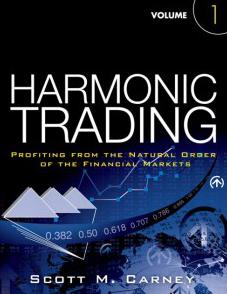There is a more than abundant literature on trading. Unfortunately, many authors have simply exploited a seam and have taken advantage of the opportunity to write books that will teach the novice trader very little effective information. Indeed, there is a big difference between describing indicators, forms, and teaching a method that works and gives tangible results.
There are of course a number of good books, but within the limited scope of this article we had to select three. So here are three books that can provide beginners with an overview of the world of financial markets.
The First Time Investor

By Larry Chambers and Dale Rogers
This book is not about Forex per se, but about the investment world in general. It is a good introduction to the world of finance and gives an overview of what assets, indices and commodities like gold are all about. It provides general advice based mostly on common sense and popular wisdom.
This book helps to understand that trading Forex or binary options, despite the high degree of risk involved, is the one and only way to generate revenue in record time.
Beyond Candlesticks

By Steve Nison
Steve Nison is already a living legend to all the regulars in the trading world. He is considered to be the one who best translated and explained Japanese trading techniques to the Western public. He is one of the leading experts in market analysis based on Japanese candlesticks, a technique that has long been adopted by traders around the world.
This book is a revised and in-depth edition by the author, in which the shapes of these candles are explained in more detail, both individually and collectively, as there are also representations of group candles constituting “patterns”, which can be interpreted in order to predict possible market trend reversals.
Like all analysis techniques, it has its limits (such as the risk of false signals over short time horizons…), and any informed trader will know that it is preferable to use a variety of indicators or methods before validating a market position. However, this book is highly recommended to know how to decipher the situation and especially the psychology of a market at a glance on a platform chart.
Harmonic Trading

By Scott Carney
Scott Carney is one of the pioneers of harmonic forms in the USA. The harmonic forms are mainly based on the Fibonacci sequence, a mathematical sequence expressed in the Renaissance, on which invariants of human and natural composition and proportion seem to be based. Its use in trading is quite simple: if prices rebound three times on levels corresponding to the Fibonacci percentages (then constituting points A, B, C), then point D represents a potential level of trend reversal.
Harmonic forms are often a reliable indicator if combined with other indicators (which is not explained in this book). The advantage of harmonic forms lies in the fact that a validated form offers a precise entry point at the beginning of a trend reversal for maximum profit. The weakness of this method is that it does not take into account other factors that can invalidate the forms and should therefore, like the rest, be used in combination with other methods.
Garney’s books are very good and recommended, but they remain more descriptive than practical. The harmonic shape indicators that can be applied on the MT4 platform are difficult to find and sometimes expensive. Indeed, they often come from Russia, the Russians being the specialists in the development of this method on software.